Home » TRAC Capability – Jersey Electricity Powerstation

La Route du Veule, La Collette, St Helier, JE2 3NX
Asbestos consultancy and monitoring works during the refurbishment and demotion works internally to the power station while maintaining operational ability.
The project works is for the planned regeneration and upgrade of the standby power generating plant to ensure a continuing stable supply of power to the islands of Jersey and Guernsey ( also supplied through Jersey via undersea cable) in the event of a drop or failure of the existing supply from France. The upgrade will be sufficient with spare capacity to ensure that the generated supply is 100% self sufficient and island produced. The demolition includes the removal of 4 boilers and 3 steam turbines.
TRAC’s role also includes being the HSPC for the project.
The power station has historically had asbestos removal in the last century together with removal of Boilers 1 and 2 and allied Steam Turbines 1 & 2. The asbestos removal operations were carried out at that time to the current standards and pipework relagged with non-asbestos insulation which covered remaining asbestos residues and which have been also been identified to the adjoining wall surfaces.
The steam generation was by burning heavy fuel oil which needed to be heated in order to flow through the pipes hence a significant length and quantity of the station’s pipework was and is heavily insulated steam then fed to the turbines which then generated the electricity.
Equipment being removed:
Since the original Build of the Station in the 1960’s some of the structures have been supplemented with metal columns and steelwork for access and maintenance, with open metal walkway gratings in addition to the original concrete columns, walkways and original cable trays. Some of the cable trays have not been touched since the 1960’s and have a significant layer of dust containing loose fibre ACM’s, which over time have has solidified with atmospheric dampness into a hardened crusty surface. The gratings have significant crevices which are challenging to clean.
The Health and Safety (Management in Construction) (Jersey) Regulations 2016 came into force on the 1st of October 2016. The regulations set out a number of detailed requirements for ensuring health and safety in the construction industry, by requiring risks to be systematically identified and controlled.
The regulations deal with the planning, organisation, control, monitoring, and review of health and safety throughout the whole construction process, from initial concept and design through to eventual demolition of a building or structure.
The role of the HSPC is to provide the client with a key project advisor in respect of construction health and safety risk management matters. Through early involvement with clients and designers.
The TRAC HSPC role includes:
Issues encountered include confined areas where cable trays are 50cm wide and stacked 3 high with a clearance of 40cm between them and thick 415V live cables filling the trays, some of the trays have 100’s of cables on them. To complicate matters safe access is invariably only possible from bespoke built scaffolding.
Asbestos residue pipework is also at high levels and being able to build scaffolding with long poles that have to be threaded between pipework without damaging the insulation while still being able to build appropriate stagings and platforms.
Banks of pipes are located close to walls restricting access to the surfaces behind in order to clean residues together with live cables in trays.
Height issues are solved by bespoke scaffolding for areas of height and for access and to build enclosures off, even though some areas are confined space wise, where possible cables that are redundant are identified for removal to reduce the number that need to be cleaned.
Scaffolding is built by scaffolders who have been trained to become licensed scaffolders and who work under their own specific method statement and notification.
Pipe insulation is removed under fully controlled conditions to await removal by demolition prior to needle gun cleaning of the wall surfaces, while the cable trays and cables are to be protected.
The project management of the scope and specification of works is carried out and will continue onsite with design risk, project co-ordination and measures to ensure the appropriate running of the station is maintained. Constant liaison with the personnel and staff within the station and the client project managers is key and often occurs daily.
Constant air monitoring is undertaken by TRAC with specific targeting of Personals in enclosures of operatives, Personals on Scaffolders during scaffolding works, station wide backgrounds undertaken monthly in addition to the targeted Leaks and Reassurances for each enclosure.
Visual inspections and 4 Stage Clearances carried out at each enclosure. Inspections of work areas and liasing with contractors carried out for housekeeping purposes to maintain a tidy site.
The project outcome is aimed to provide a clean as possible area of the generating hall (a clean slate) which can then be used to house new efficient generating plant in an environment which is has remediated and mitigated the asbestos risk within the station while also clearing out redundant plant and equipment to allow the installation of the new plant.
The proposed outcome will be achieved by the co-operation and participation of all parties involved within the contract.
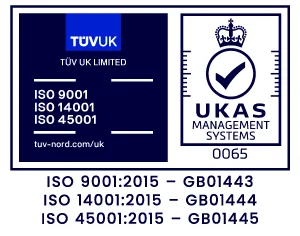
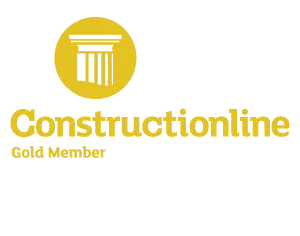

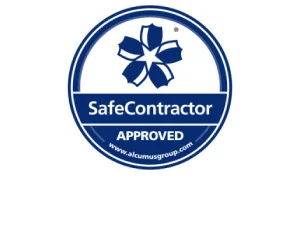
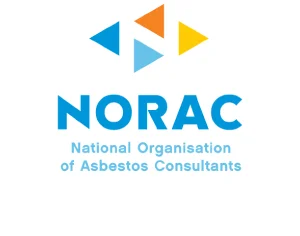
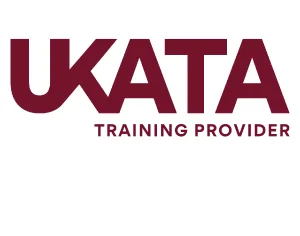
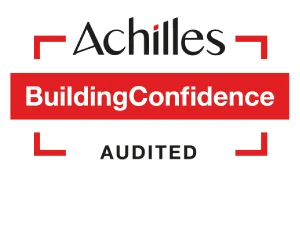
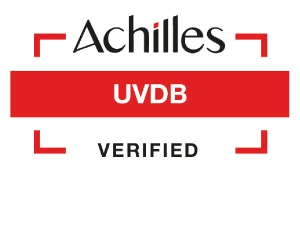

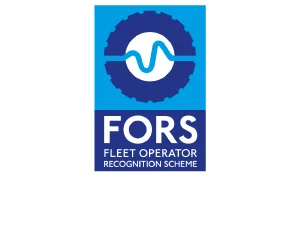


Suite 5
The Pavilions
Bridge Hall Drive
Bury BL9 7NX
Hexagon House
64 Walton Road
East Molesey
Surrey KT8 0DL